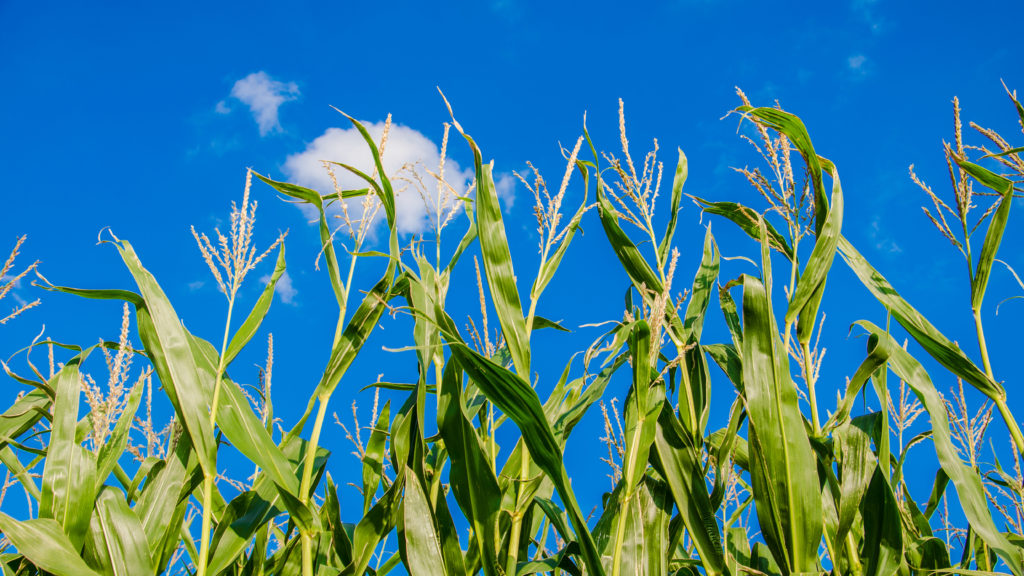Today, as we wait with snow steadily falling and planters ready to go to the field, I am fielding calls about when, and if, a farmer should change his intended corn maturity. My recommendation is, and always has been, to stay the course on hybrids that are best suited for our area, up until the 15th-20th of May. Here’s why.
I have always believed that planting 103-105 day hybrids in the Beadle County area was the best management choice for high yields year after year. In the 2017 Research Summary from Pioneer, an article by research agronomists explains WHY my long held beliefs are true.
It seems that high yielding corn likes warm days and cool nights to reach fullest yield potential. When shorter day hybrids are planted, the window of grain fill in the fall is narrowed. When shorter day maturities are planted earlier in the spring, the critical grain fill period for corn is moved to mid-August through mid-September, when nights still remain warm.
The high yielding corn of today contains much of the genetic heritage of corn plants that originally grew in the high plains of Mexico, where days are warm and nights are cool. Planting the longer day corn varieties in our area delays the maturity of the plant until September and early October when we get the cooling effect of fall nights.
Why is this important?
When corn grows all day long there is a buildup of stored energy (sugar) in the plant. Think of a corn plant as we would the gas tank in our car. When the “tank” is full, more sugars are being produced and that produced energy must go someplace. A full corn “tank“ turns excess sugars into starch in the kernels. The more starches built into the reserve, the higher the yield. Therefore, warm sunny days encourage the most production from the corn plant.
Corn is a living plant that also lives at night. When nights are warm, the corn plant must use some of the energy that it produced the day before to respirate. The higher the nighttime respiration the more energy it consumes that it held to build starches. On a cool night, the plant respiration slows so that it doesn’t use as much of its stored energy. Thinking again of a corn plant as a full “gas” tank, if I park my car at night and don’t drive my tank is still full the next morning (cool night, 50 degrees). If I let my car idle all night long, the tank is a little less full, but not significantly so (cool night, 65 degrees). If I drive my car all night, (warm night 80 degrees) I will need to refill before I can start my normal routine.
Planting 103-105 day hybrids allow us to capitalize on the ideal high-yield weather that generally occurs, in our area, the last week of August thru the first week of October. That is, of course, unless we get an early frost!
Featured Image Credit: Patrick Findeiss

Leave a Reply